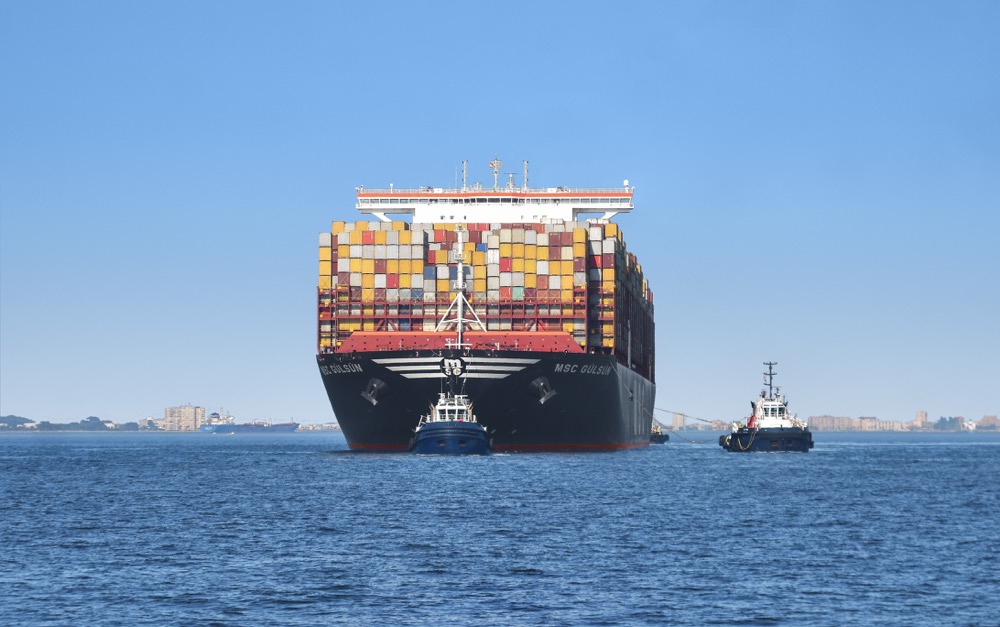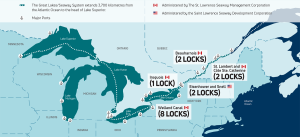After over two years of rising rates and overstretched capacity, the rapidly cooling ocean freight market looks set for an “extremely challenging” 2023, according to Xeneta. The Oslo-based market intelligence platform.
An in-depth analysis of the latest real-time ocean and air freight rates, combined with expert trend forecasts, suggests that ocean cargo volumes could fall by up to 2.5%, rates will drop “significantly” and weak demand will force increased idling of vessels. The air freight market, analysts predict, will also face a turbulent twelve months.
From climbing to historical highs during the global pandemic, ocean freight rates have fallen away – and in the case of spot rates, dramatically so – since the summer. Xeneta’s market report, built on the foundation of the team’s crowd-sourced data from leading global shippers, suggests there’ll be no change in course for 2023, with challenging macroeconomic and geopolitical outlooks undermining confidence.
Xeneta CEO Patrik Berglund says difficult times await stakeholders right across the ocean and air freight value chain.
He notes: “The cost-of-living crisis is eating into consumer spending power, leaving little appetite for imported, containerized goods. With no sign of a global panacea to remedy that, we’d expect ocean freight volumes to drop, possibly by around 2.5%. That said, if the economic situation deteriorates further, it could be even more.
“Allied to dropping volumes we have a growing world fleet, with a nominal inflow of 1.65m TEU of capacity. Some demolitions will dent that growth, but we still expect an increase in capacity of 5.9%. Even if demolitions double from our current level of expectations, the industry would still be looking at an almost 5% expansion.”
The upshot of that, Mr. Berglund explains, is overcapacity, necessitating an increased idling of assets. From a current position of “next to nothing” Xeneta forecasts idling of up to 1m TEU – “maybe even more” says the CEO.
This cocktail of weak demand, dropping volumes and an increase in capacity will, inevitably, impact negatively on rates, says Mr. Berglund. He comments:
“We expect to see significant reductions. Carriers have proved adept at protecting and elevating rates during COVID, but with too much capacity, and easing port congestion, on most major trade lanes they’ll be fighting losing battles in 2023. We could see spot rates on some key corridors drop below pre-pandemic levels during the first half of 2023, while long-term rates will fall rapidly as older, expensive contracts expire and new, far lower contracts are signed. However, long-term rates will not drop below spot rates during the first half of 2023.
In conclusion, the Xeneta CEO underlines the complexity of challenges facing the industry, with economic uncertainty, geopolitical concern (“and not just relating to Ukraine”), on-going industrial action on logistics chains, China’s continued zero-COVID policy and the combination of weak demand, easing congestion and increased freight capacity.
(Photo Mediterranean Shipping Company)





